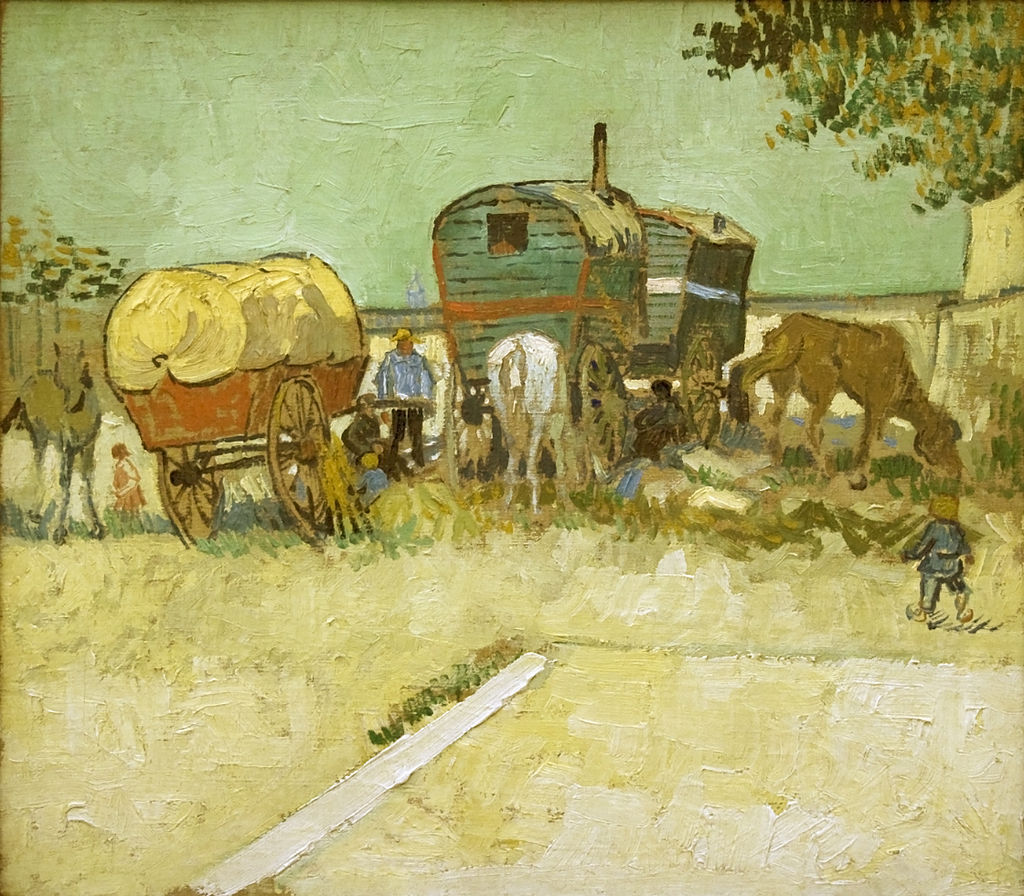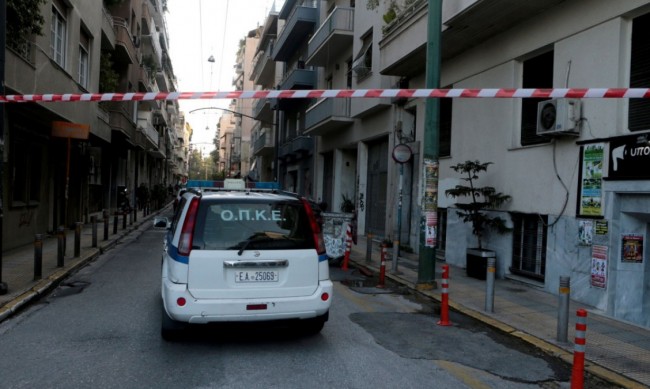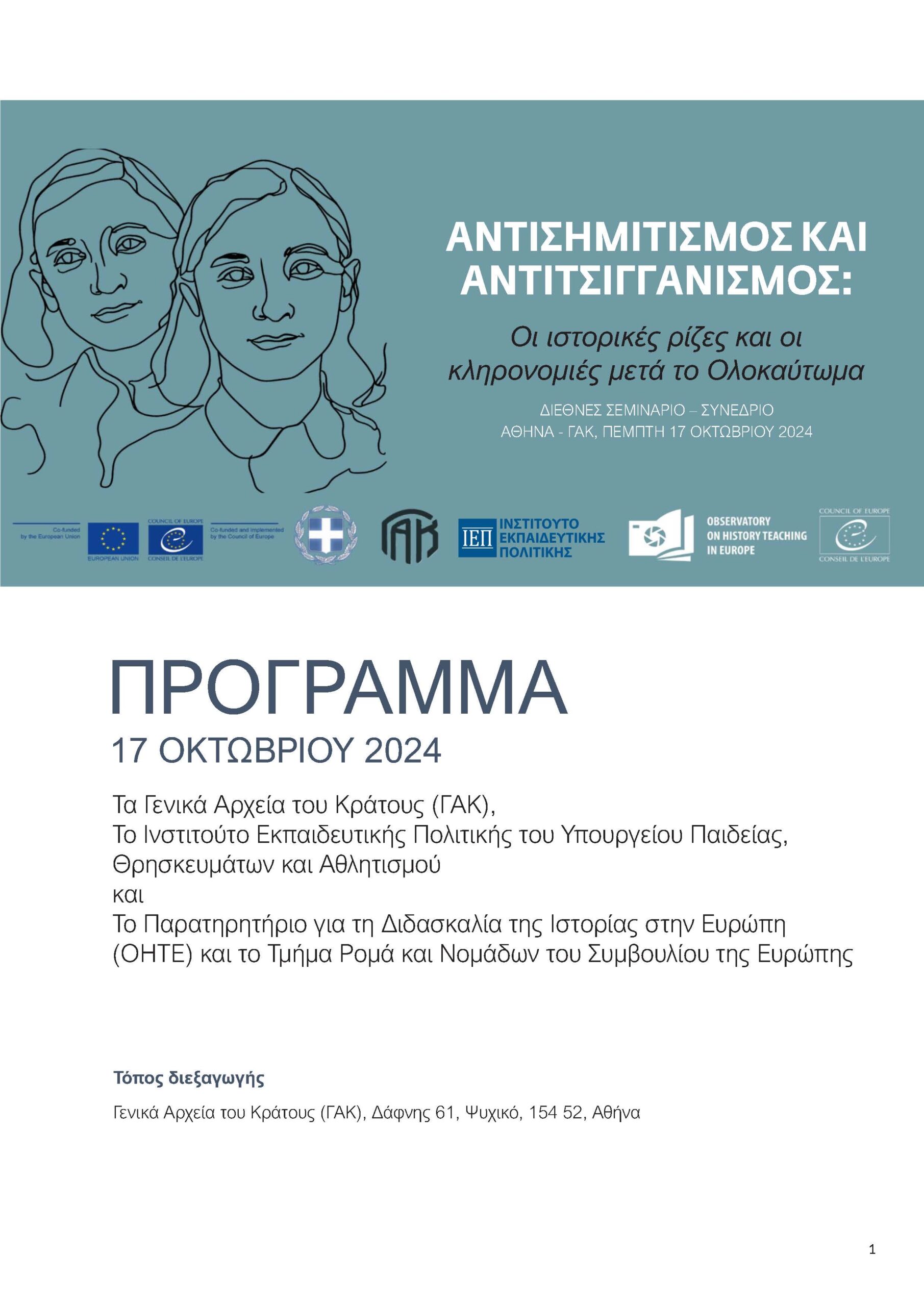Sutton (2014) reports on the Rroma community of a suburb of Thessaloniki. According to the author’s opinion, the access to education for the local Rroma is still very limited. Women and girls are particularly affected as they often get married early due to traditional role models, she states. Sutton tries to show the discrimination against Rroma, but also reproduces one-sided stereotypes about the minority, especially by focusing on marginalised Rroma that are, contrary to her assertion, not representative of all Rroma, but rather a visible minority of the minority: “Statistics on Roma women make for depressing reading. They have on average 10 years lower life expectancy than the rest of the EU’s populations, higher infant mortality, less access to healthcare, limited access to information, extremely high levels of illiteracy, far higher rates of addiction, far, far lower rates of employment, voting and education, poorer housing and sanitation. In addition, girls are married off at 13 and generally start having children immediately, most without any knowledge of material health, infant nutrition or how to read. Despite giving birth in hospitals, the medical system doesn’t work on their behalf. Greek doctors don’t inform social services for a 13-year-old Roma girl in labour, even though this is one place where the vicious cycles of bad health, poverty and disempowerment could be broken.”
The continuing discrimination against Rroma as well as role models and traditions that impede or prevent an individual conduct of life are massive problems, which must be decidedly fought. However, the image of Rroma that is conveyed here which portrays them as a mass of uneducated and illiterate persons, who bear children while themselves in childhood, represents only a part of reality. They are visible Rroma, who live mostly in segregated settlements and are therefore easy to reach for statistical surveys or aid organisations. The integrated Rroma, who have good education, belong to all strata of society and also form part of the minority, are hidden by this account. This is problematic, especially when starting from the liberal premise that the life situation of poor people results from a lack of individual initiative, or even connects the characteristics described here in a fallacy with the culture of the Rroma. Poverty and exclusion have nothing to do with the Rroma culture. The general assertion that Rroma girls are married of at the age of 13, applies only to traditional families and certain groups. Many Rroma want a good education for their children and question traditional role models and early marriages. Sutton also implies this, when she asks the portrayed girls about their own wishes for the future. Nevertheless, a more critical and differentiated presentation of the background and the heterogeneity of the minority would have been very appropriate.
Sutton, Ruth (2014) The young Roma women who are changing their communities. In: Open Democracy online vom 8.10.2014. https://www.opendemocracy.net/transformation/ruth-sutton/young-roma-women-who-are-changing-their-communities



